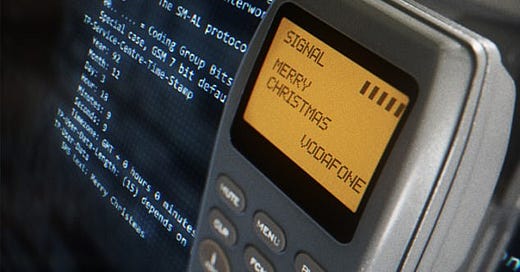SMS Will Soon Celebrate Its 30th Anniversary – Back to a Unique Case of Technological Innovation.
Often announced as outdated, SMS continues to be successful due to the development of new uses.
Sending an SMS (Short Message Service) is a daily and banal gesture - Europeans send an average of 6 SMS per day - but it illustrates, for the last 30 years, the unique case of an unexpected innovation and the resilience of a basic service whose end has already been announced, wrongly, dozens of times.
Legend has it that the first SMS was exchanged betwe…
Keep reading with a 7-day free trial
Subscribe to Sylvain Saurel’s Newsletter to keep reading this post and get 7 days of free access to the full post archives.




